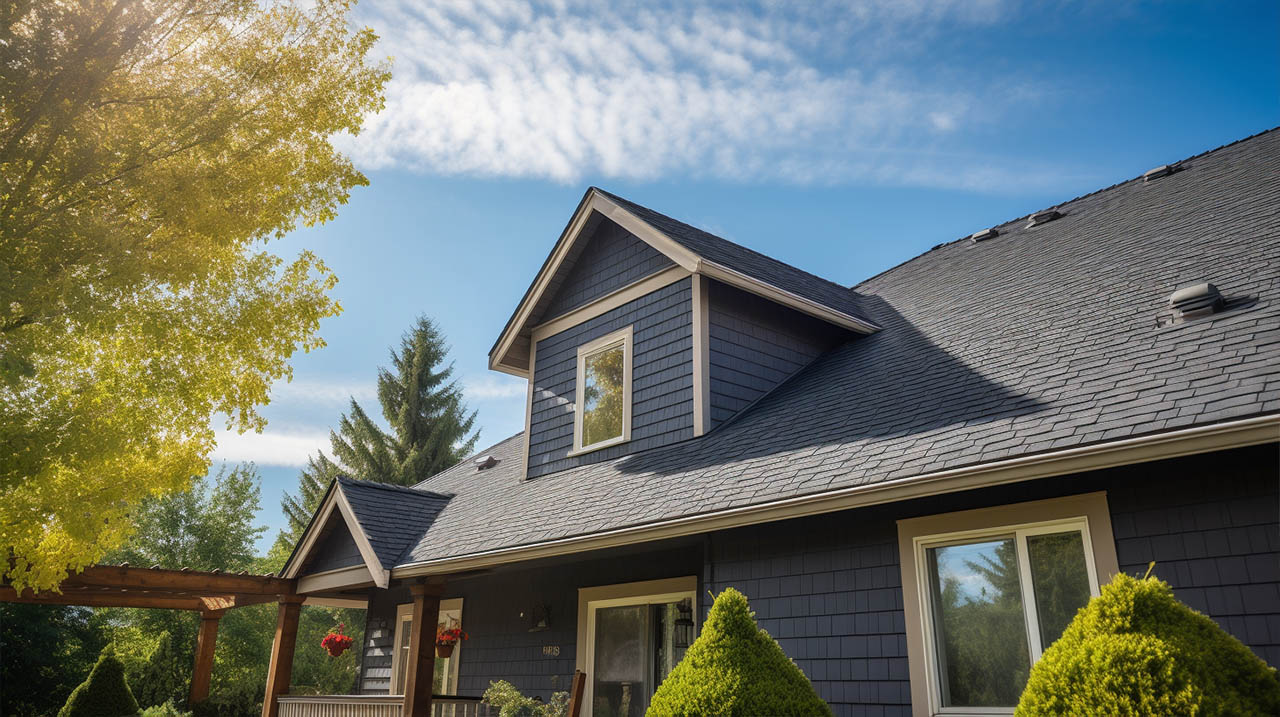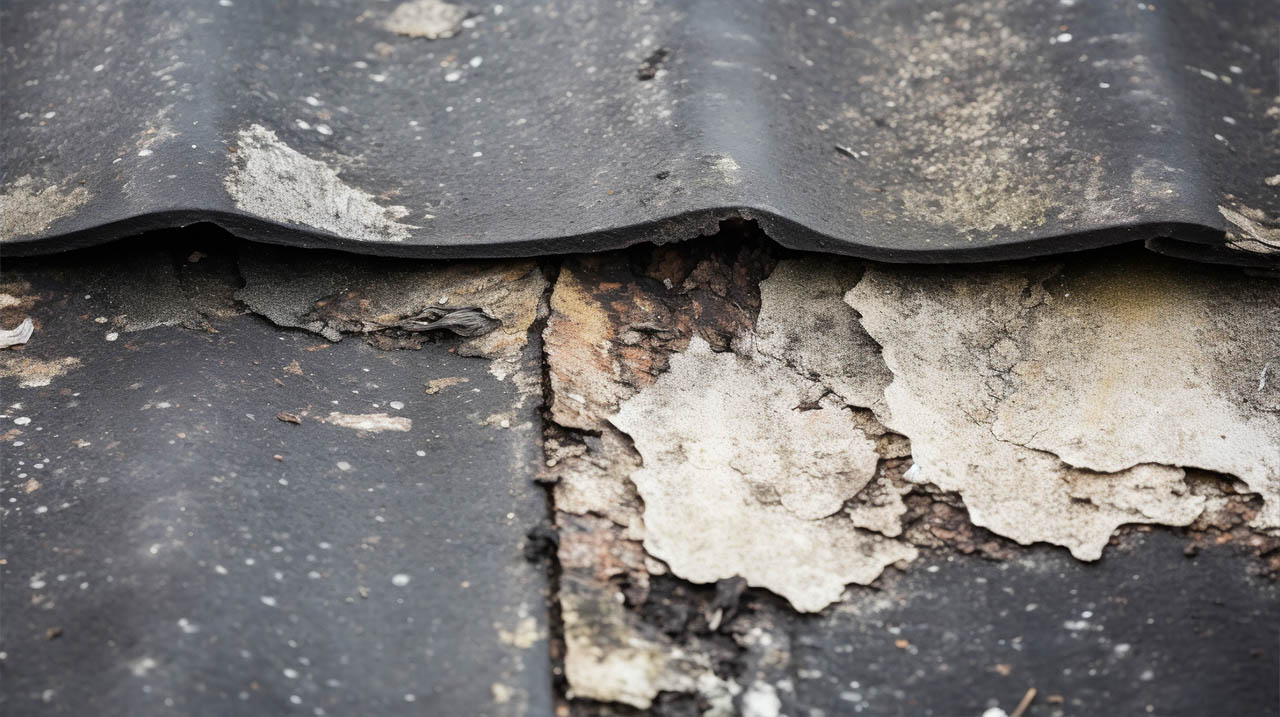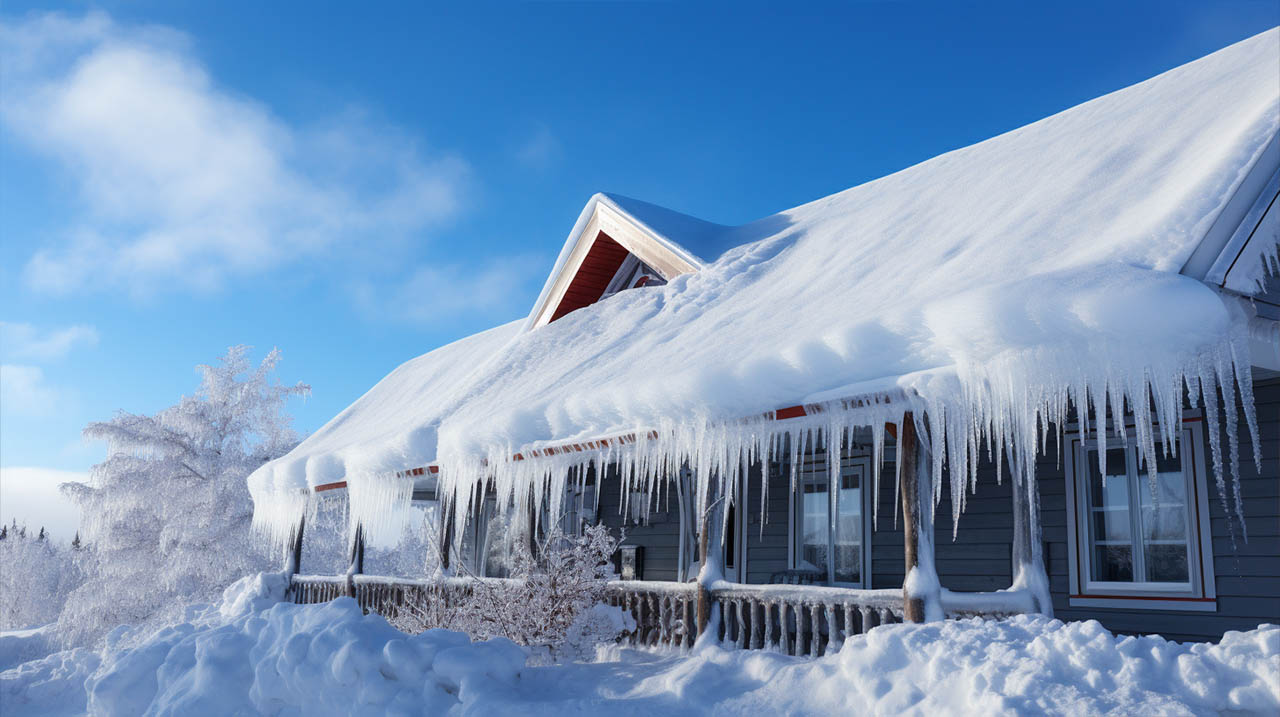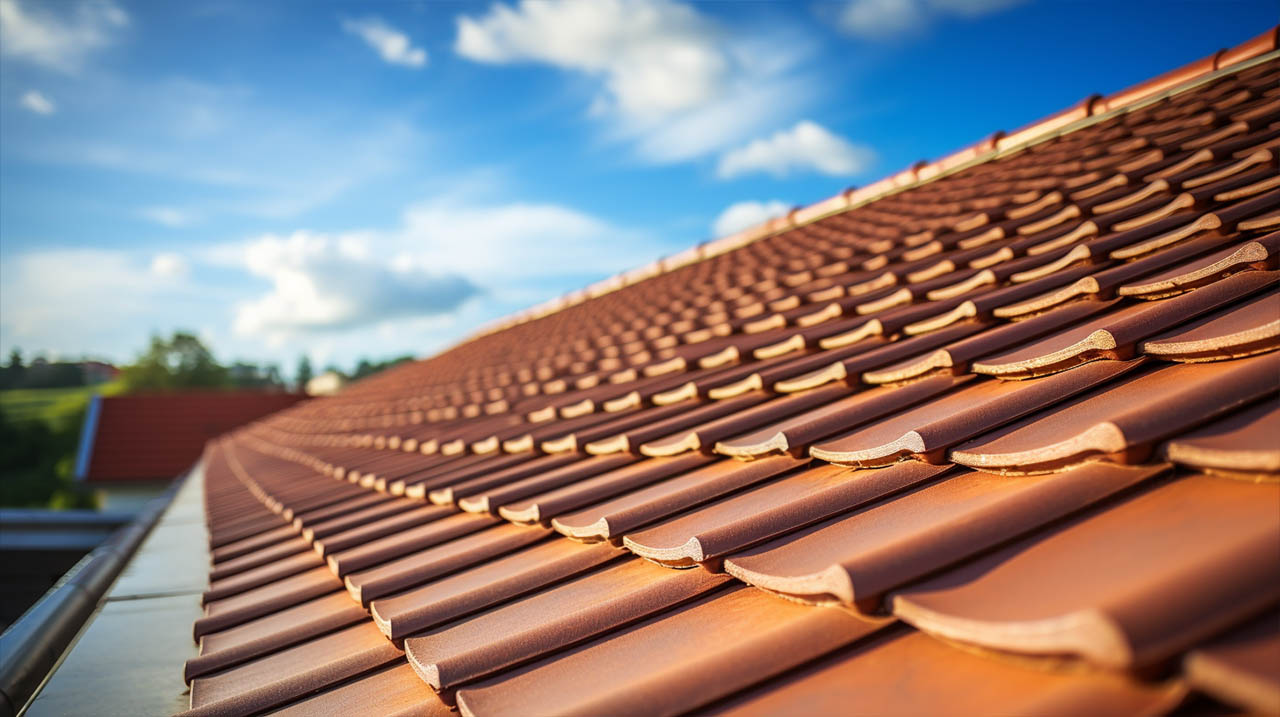Roofs are more than just a protective cover over our heads. They are intricate systems designed to offer maximum protection against the elements, ensuring our homes remain safe, dry, and comfortable. At Kanga Roof, we believe in educating our clients about the intricacies of their roofing systems. Let’s delve into the multiple layers that make up a modern roof.
1. Framing: The Roof’s Backbone
The framing, often located in the attic, isn’t directly a part of the roof. However, it offers crucial support to the roof deck. The width and spacing of these trusses can vary based on the weight of the chosen roofing materials.
2. Insulation: Regulating Temperatures
Fiberglass insulation, positioned between the framing trusses and on the attic floor, plays a pivotal role in temperature regulation. It prevents hot air from escaping during winter and ensures your air conditioning system doesn’t overwork during summer.
3. Roof Decking: The Foundation Layer
Constructed from oriented strand board (OSB) or plywood, the roof deck provides a solid foundation for subsequent layers. This ensures weight is evenly distributed, maintaining the roof’s sturdiness.
4. Flashing and Drip Edge: Preventing Water Penetration
Galvanized steel plates, known as roof flashing, are strategically placed beneath shingles. Their primary role is to prevent water from seeping through cracks, especially around skylights, vents, valleys, and chimneys. The drip edge, a crucial piece of flashing, ensures water drains away, safeguarding the integrity of the roof layers.
5. Ice and Water Barrier: Shielding Against the Elements
This self-adhesive, watertight seal is essential for preventing wind-driven rain from reaching the wooden decking. Especially vital in areas prone to snow or water damage, this barrier adheres directly to the roof deck.
6. Underlayment: The Moisture Barrier
Acting as a water-resistant barrier, the underlayment, made from felt or fiberglass, ensures proper ventilation. It allows heat and moist air to escape without letting rainwater seep in.
7. Starter Strip: Wind Protection
Specialized shingles make up the starter strip, preventing wind-driven rain from getting underneath and protecting against strong wind uplifts.
8. Roof Covering: The Visible Protection
The most noticeable layer, the roof covering, can be made from various materials. Common choices for family homes include:
- Asphalt Shingles: Popular for sloped roofs, they are cost-effective and lay flush against inner layers.
- Architectural Shingles: Offering a multidimensional color, they resemble traditional cedar shakes.
- MBR or Rubber: Ideal for flat roofs, MBR comes in peel-and-stick polymer sheets, while EPDM is a lightweight, single-ply membrane.
9. Ridge Vents: Ensuring Proper Ventilation
Positioned at the peak, ridge vents allow hot, moist air to escape, maintaining a cooler home interior and preventing mold growth.
Protecting Your Home with Kanga Roof
Understanding the intricacies of your roof is essential. Improper installation or using subpar materials can lead to significant damages. Regular maintenance is crucial to prevent wear and tear. If you’re considering a roof replacement in Columbia MD or need a reliable roofing contractor in Columbia MD, Kanga Roof is here to help. Our team of experts can assess the condition of your roof, recommend necessary repairs, and ensure your home remains protected for years to come.
Remember, a well-maintained roof is more than just a cover; it’s a promise of safety and comfort for your family. Choose Kanga Roof for all your roofing needs in Columbia MD.







